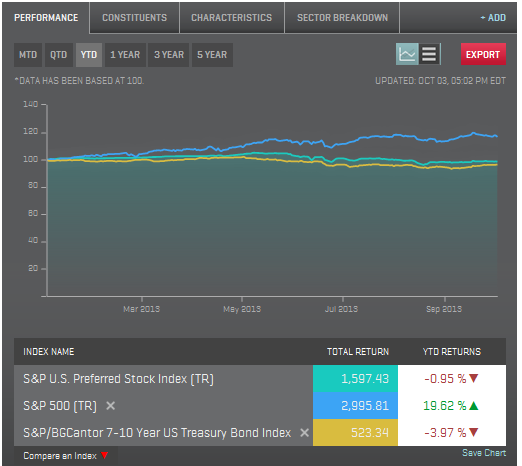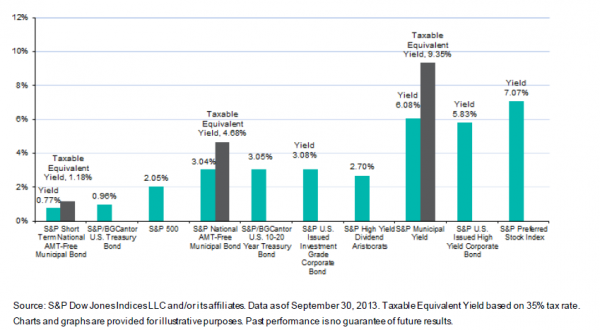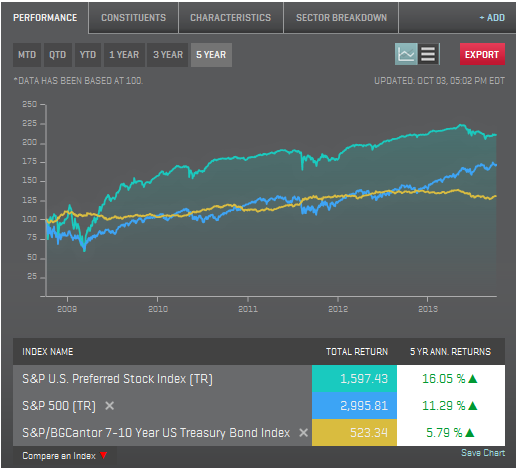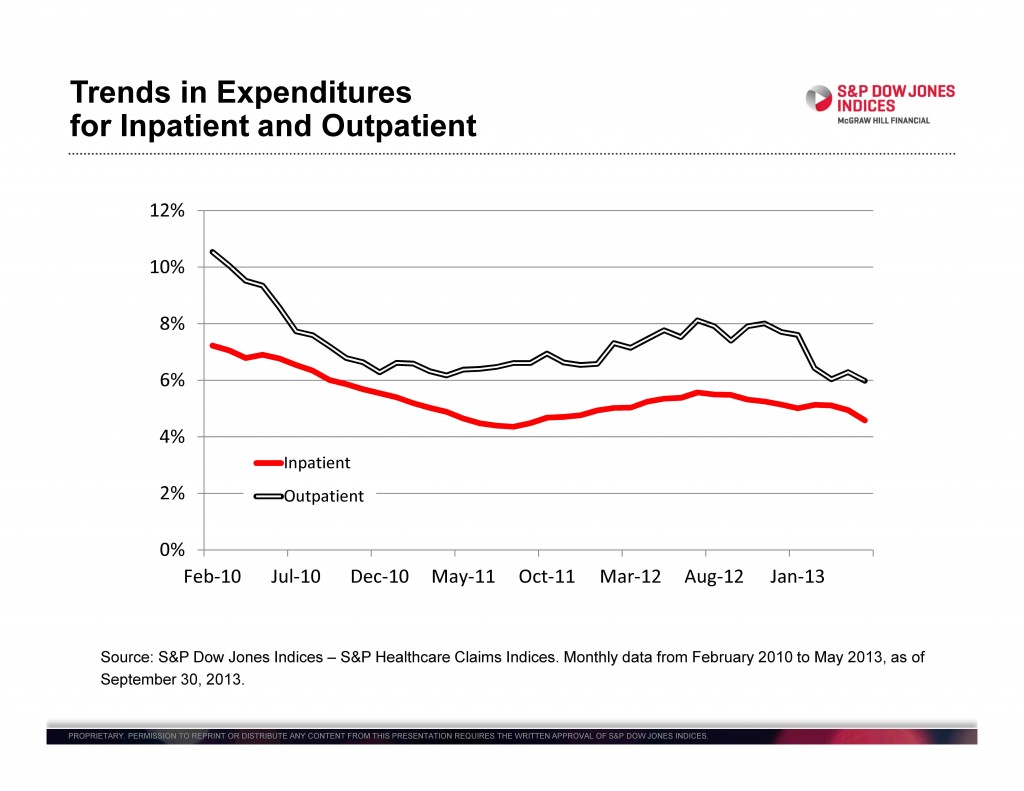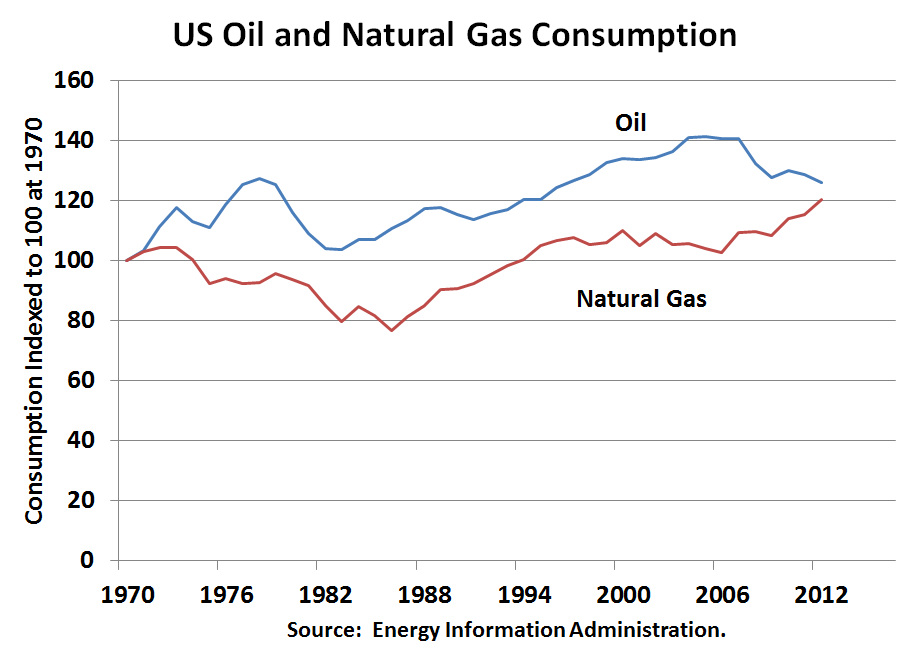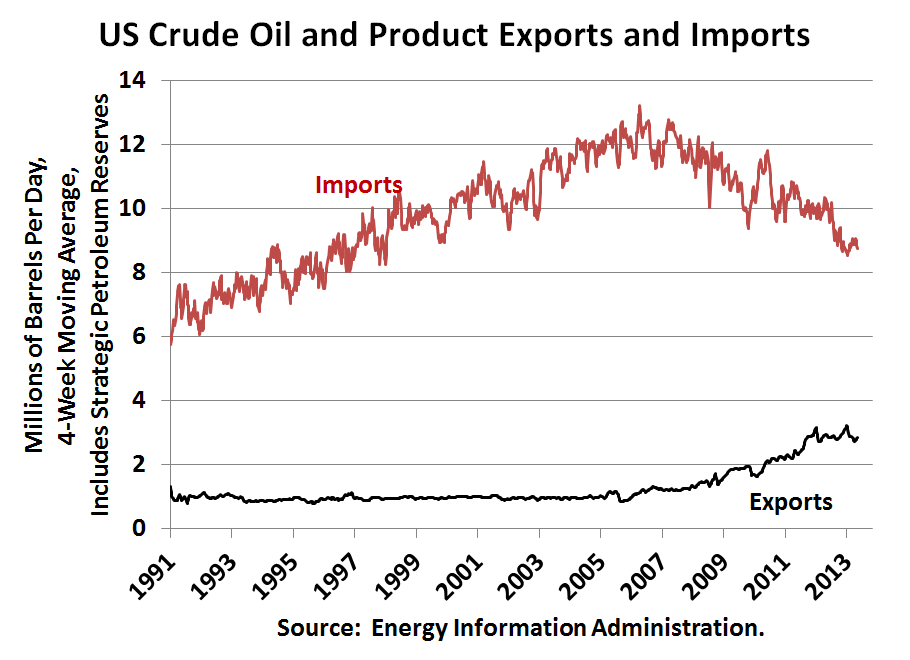For most investors and many economists the first Friday of the month means the Employment Report at 8:30 AM eastern time. The much-watched first official bit of economic data for the month just ended sets the tone for the markets and for the weekend investment advice columns. This weekend the economic-investing blogosphere had little to debate beyond what to watch instead of the unemployment rate. Those hoping that all will be revealed in the next Employment Report once the government is back to work could be disappointed. On the usual schedule the Bureau of Labor Statistics would be doing their survey this coming week. If the government is still shut down next weekend, we might have to wait even longer to argue over the accuracy of the unemployment rate.
Don’t despair. Investors may be better off with fewer economic statistics and a little less debate. Some years ago an academic paper title “Trading is Hazardous to Your Wealth” showed that for many individual investors, the more often they traded, the worst their results were. Portfolio turnover averaged 75% for the investors studied and their returns lagged the market by a substantial margin. The authors of the study suggest that investor over-confidence drove the excessive trading. (The paper can be found here.)
Other research that shows index investing outperforms some 60%-70% of active fund managers is based on buy-and-hold investing. In the analyses the index fund is assumed to be held for one, three or five years with index level minimal turnover while the active fund manager trades, often surpassing the 75% turnover noted in the Trading is Hazardous study. All that churning drives up costs. If the trading is successful, the churning also drives up tax liabilities. Those costs are a key factor in the studies results. (Index vs. active research is here.)
Most of us would like to see the government get back to work – after all we’re still paying our taxes so they should be doing something for our money – and most would not want to go without ever seeing another economic statistic or unemployment rate report. But for the moment maybe we can enjoy worrying about something else this weekend.
The posts on this blog are opinions, not advice. Please read our Disclaimers.











































